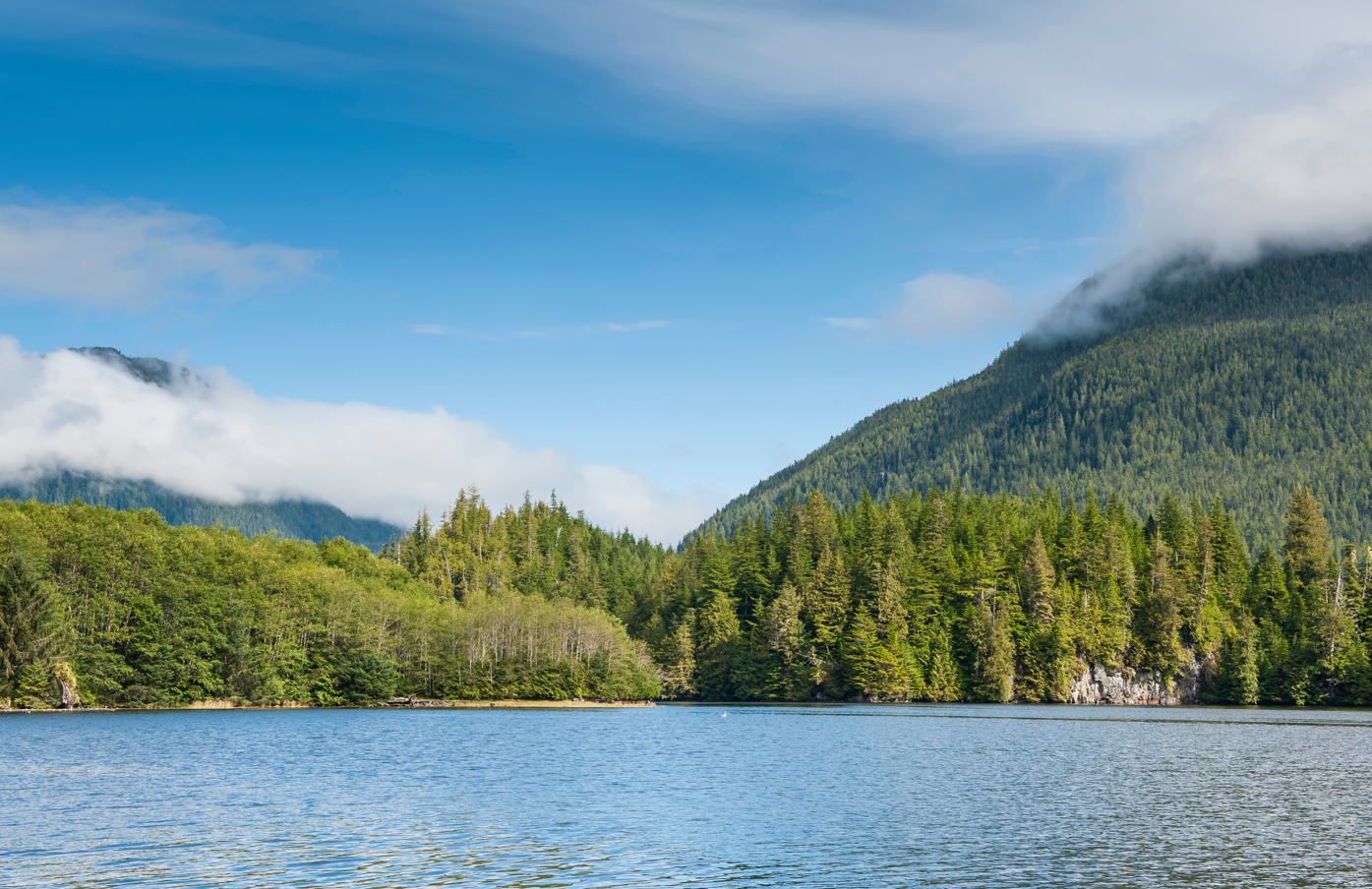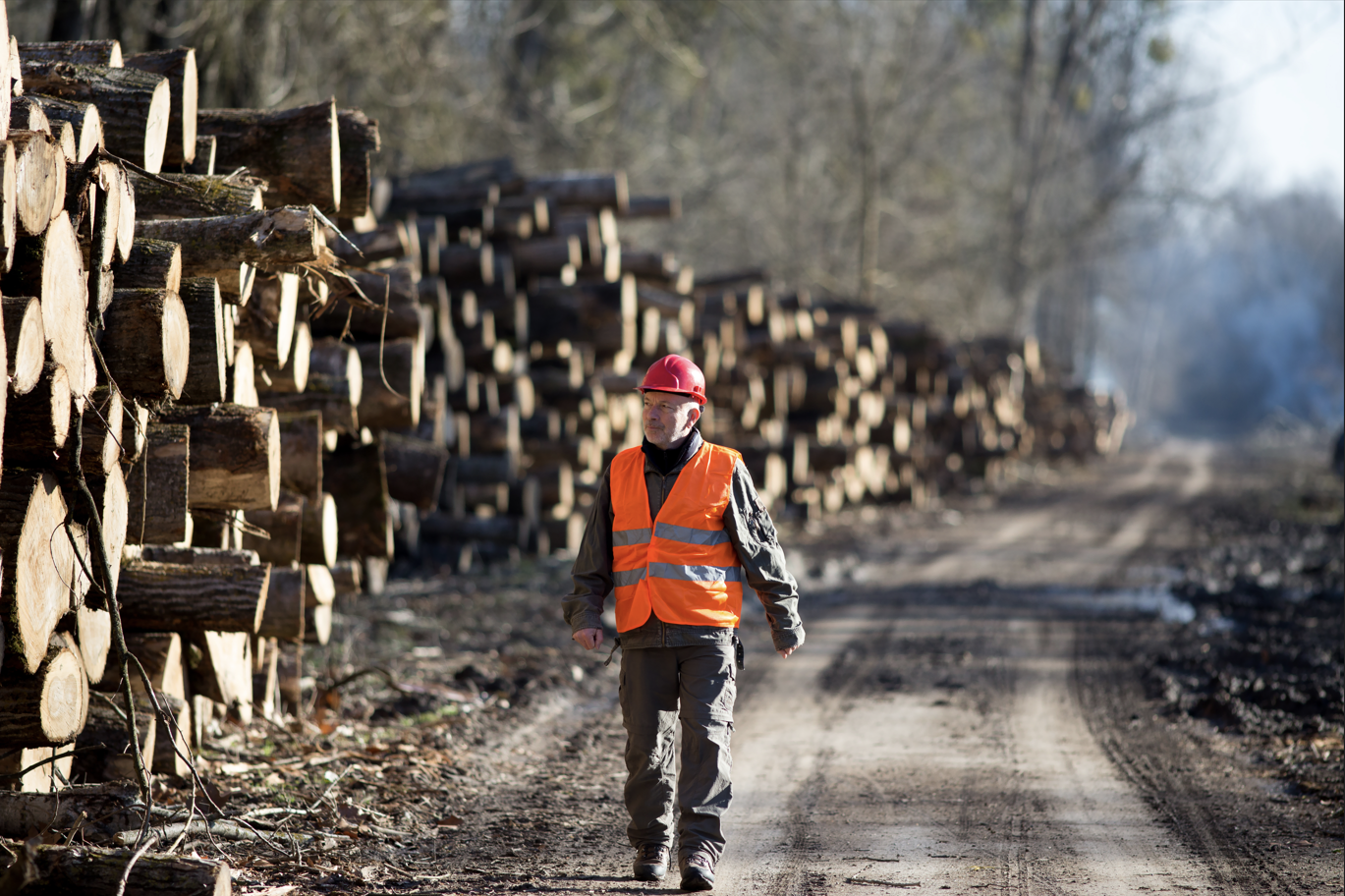
November 11th marks Remembrance Day, a time to remember those who have served in the armed forces—including a little known group called the Canadian Forestry Corps.
It is somewhat fitting that this Corps served in Europe—after all, the roots of the Canadian forest products industry as an export sector go back to the Napoleonic wars of the early 1800s when Britain first turned to its colonies for the square timbers needed for its burgeoning navy.
The forest products industry was a dominating economic force in Canada’s early history so it’s no surprise that it had an important role in the first and second world wars. And it’s an interesting yarn.
On February 16, 1916 British Colonial Secretary, Andrew Bonar Law, made a request of the Governor General of Canada to deploy Canadian lumbermen to aid in the cutting and processing of timber. Later that year, the Canadian Forestry Corps was created.
The request was an unusual one—regularly Canada would ship processed timber across the Atlantic to Britain. However, due to the high risk of travelling overseas from German U-boats, it was deemed safer to bring the manpower to work in the forests of Britain and continental Europe.
Approximately 24,000 men served as part of the Forestry Corps in various parts of Europe to work on processing timber for construction of barracks, roads, trenches, ammunition boxes, and other supplies. By the end of the war, the Corps had produced approximately 85,000 tonnes of round timber, 260 million board feet of lumber, and over 200 000 tons of fuel and slabs.
Besides producing lumber, the Corps was also trained as infantry and on at least one occasion the Corps members were called to arms. When a request was made for 500 men to join infantry duty, records show that almost 1300 volunteered. By the time the offensive had been halted, a large number of Corps members had served in some capacity on front lines.
When it was disbanded in 1920 at the end of the war, it is estimated that the Corps was responsible for 70% of all lumber that had been used by Allied forces.
In 1940 the Canadian Forestry Corps was re-established in response to the start of WWII to play the same role.
It is important to remember that war touches the lives of all Canadians, regardless of age, gender, race, or social class. The Canadian Forestry Corps was made up of men who went from the back bushes of rural Canada to the front lines of war.
We should all take time not only on November 11th, but always remember those who made sacrifices to give us a better today and tomorrow.


To learn more about the Canadian Forestry Corps you can visit these resources:
Images of a Forgotten War: Films of the Canadian Expeditionary Force in the Great War, Canadian Forestry Corps, War Office Cinema Committee, National Film Board: http://www3.nfb.ca/ww1/wartime-film.php?id=531249
Canadian Forestry Corps, canadiansoldiers.com: http://www.canadiansoldiers.com/corpsbranches/forestrycorps.htm
Units of the Canadian Expeditionary Force, Canadian Forestry Corps, Library and Archives of Canada: http://www.collectionscanada.gc.ca/obj/005/f2/005-1142.29.010-e.pdf










.jpeg)





